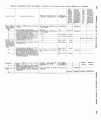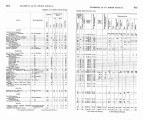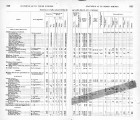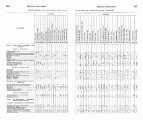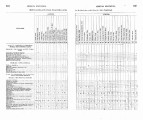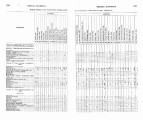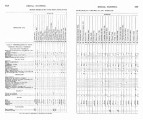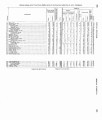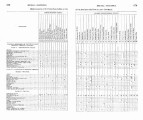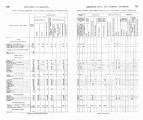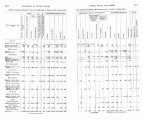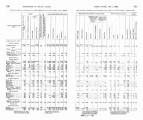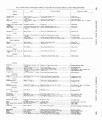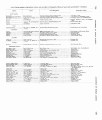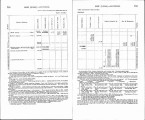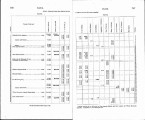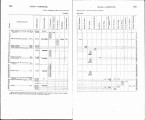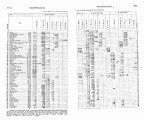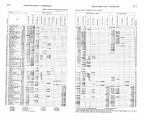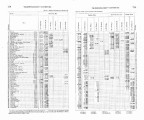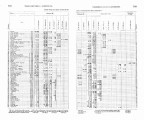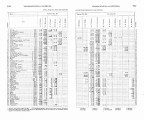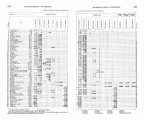| OCR Text |
Show REPORT OF SUPERINTENDENT OF INDIAN SCHOOLS. 367 by most Indian tribes; the skillfully mrought pottery and baskets of the Indiaus of ACi~izonaan d Nem Mexico; the famous blankets aud silver work of the Navajoes; the large, beantif~~lolyo nstrncted canoes of the natives of Puget Sourid and British Columbia, all demonstrat-ing tha,t the meohauical rle~ile~iiltl these tllbes is not wanting. A notice:tble fact, in all skillf~w~lo rk by the Indians, is that the patterns everywhere guiding the whites in their handiwork are mholly wariting, each individual India11 carryiug the pla~im, odel, or u~ethodi l l mind. Those employed as instruotors in the trades at the industriad train. ing schools testify that India11 pupils show great readiness i r~a cquir-ing skill in these ind~nstries. I s i t traid ' I the Indians are ir~iprovideuta nd wastef~~l."O f this there are too many evideuces to admit of denial; but do uot our white people furnish parallels enongh to dist.urb our self-eo~~~placeucIyt? is too soon for ns to forget how me sla~~gliteremdi llion8 of butfalo on the Western pIa,ins merely for their hides 'nd tongues, leaving tlieir carcasses to rot aurl l~oisont he air. Before this white man's greed of the trafic appeared, t11e economical aborigi~iem ade good use of every part of that animal, killing o111y so Inany :ts could be used. . The flesh, fresh or dried, rrss for food; the skins, dressed and tanned, mere for robes or other usefill porposes; the horns ~vei-ew rought into ladles mid snoons: the brains fnr~~islie1d11 1 im~~or tanelte ~nenti n tannin^: of the hair,'more durable thau hemp or cotton, ropes and haliers'were maunfaotnred. Besides the India11 seldom killed the buffalo at a season of t,he year when the flesh eonld not be kept for food aud the hide for tanning. I have. made the foregoing citations for the pnrpose of showing that the American Indian is not so utt,er.ly w a ~ ~ t iin~ i~n~gi ates uscrptibili-ties its to preclude the possibility of development into the condition of civilized life. My object is to parry skeptical assaults made upon t,be efforts of Iudian pl~ila~ithropints. Goiug back to t.he fonrteeut,h century in Eiiglaud me find our ances-try not so far advanced as we may have supposed beyond the condition of the aborigines in North Americaat the beginning of the seventeenth ce~itnry. There mereno carpets, not even in Icings' pa1:tces. Few had glass mindoms. A bed to one's self, or a dini~er plate, or even a chair for one's sole use, mas nnhe~rdo f. There was no paper on the walls, paper had riot bee11 invested. Seats mere chiefly benches against the wall, and the fire was usiially in the middle of the room. Floors were strewn with rushes, looking more like a stable thau a living room. The people had no coffee or tea, and in eating helped themselves fi.01~1a common disli, ate mith fingers or a poclietknife, and when the cup mas passed around wiped their mouths 0x1 a sleeve before drinking. They had no plates, but a large flat cake of bread received the meat and gravy. SAFETY AMONG INDIANS. It issurprising to wvlvat :to e ~ t e n th e old-tima dread of Indiaus still remains in Eastern com~utuiities. A lady from the East, \re11 dressed and apparently well informed, visitiogan Indian school a year ago, said to the t,eacher ml~om as showing the builditigs: ('Do you not fear to be here ? Do yon not feel that your life is in danger ? Arer~"yt ouafraid that some night these pnpils will slaughter yon t Of course, you keep a |








































































































































































